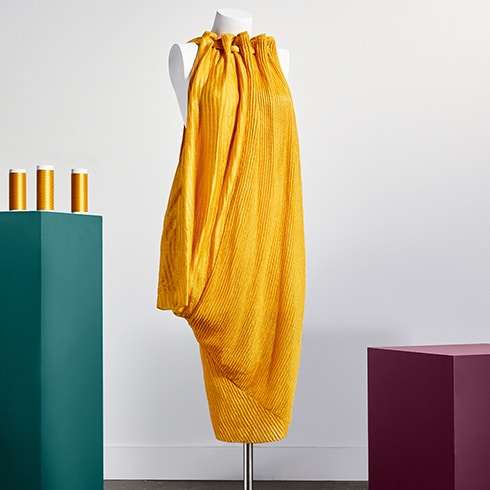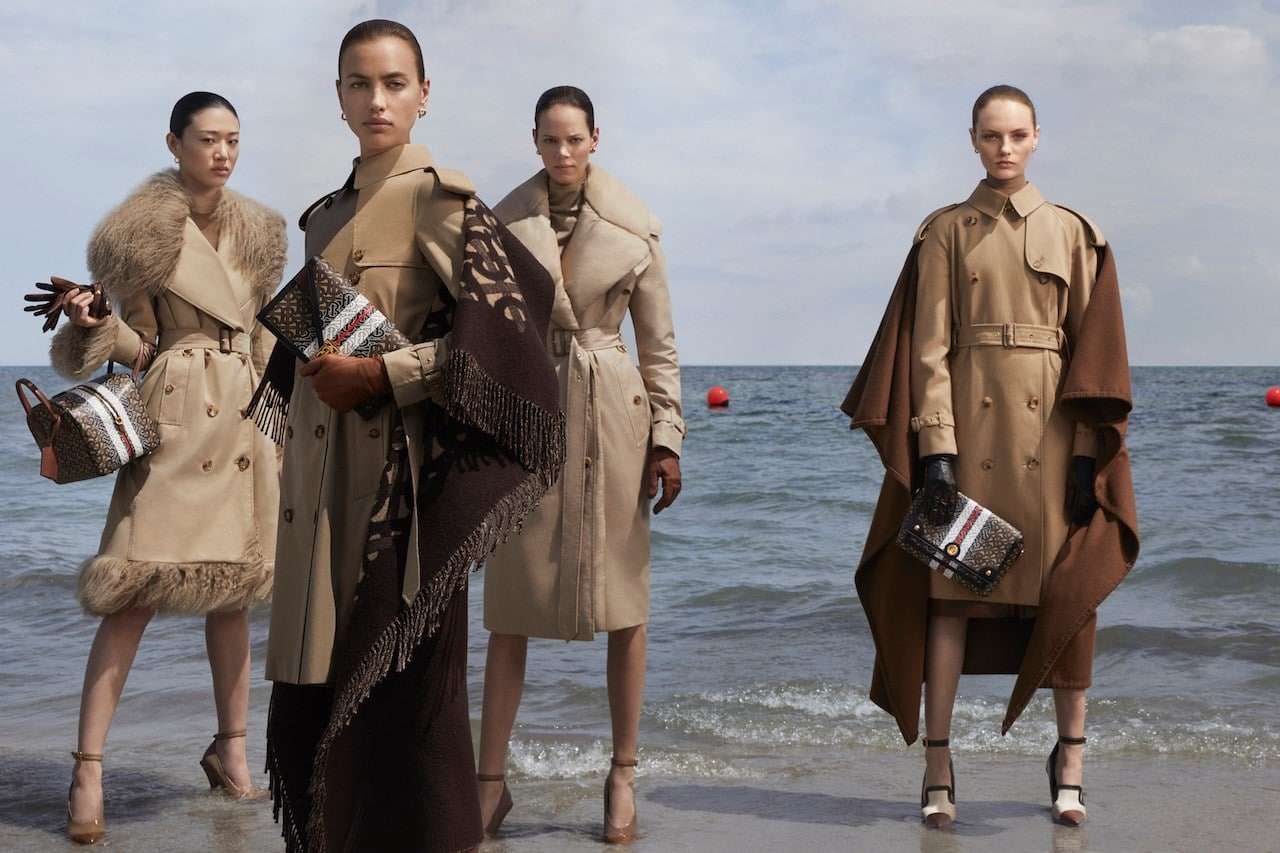A new report prepared for the European Environmental Bureau is urging for a “new way forward” away from fast fashion and toward sustainable, circular growth models instead.
“The fashion and textile sector provides an urgent example of the need to pursue economic alternatives,” reads a new report entitled “The Wellbeing Wardrobe.” The report was prepared for the EEB by the UTS Institute for Sustainable Futures, Erasmus University Rotterdam, and the Centre for Innovation Research at Lund University.
“Fashion is one of the most unsustainable industries in the world, based on both environmental and social sustainability metrics,” it reads. “The sector’s rapid growth over the past decades has been enabled by the advent of fast fashion, globalised supply chains and a massive increase in the consumption of garments.”
Fashion’s impact
The fashion industry is a leading driver of climate change, producing more emissions than the aviation and maritime sectors combined. It’s a leading producer of wastewater, as well as a leading source of landfill waste.
According to the report, a shift to a “wellbeing” economy reduces the environmental impact of human activities through reduced materials and energy use; it supports local economies and a more even distribution of income as well as creating new modes of ownership; it also fuels the transition from consumption-based societies to participatory and community-oriented systems that prioritize wellbeing that includes shorter workweeks.

“Transitioning to a post-growth fashion and garment sector will require wide-ranging reforms and a broad reconceptualisation of roles and responsibilities,” reads the report. It points to the forthcoming European Union Textile Strategy, which it says offers an opportunity to start this journey. “The purpose of this research report is to envision a new direction for the fashion and textile sector in the EU and to provide policy recommendations to continue to increase the ambition of the EU Textile Strategy.”
The report says a transition to a “post-growth model” will depend largely on the action of industry stakeholders as well as require both grassroots and top-down approaches. It says that conventional measures of the health of a nation’s economy focus solely on growth. “Yet it’s increasingly clear that this current economic paradigm is not sustainable and has resulted in climate change, biodiversity loss, and environmental degradation,” the report reads.
“A large percentage of the global population does not have stable livelihoods, adequate nutrition or access to education, housing and health care. There is substantial evidence that economies and societies based on growth and consumption have not led to increased levels of human happiness or wellbeing.”
Guiding priniciples
Four guiding principles could help to reverse the fashion industry’s impact, according to the researchers. They suggest establishing limits on resource use and consumption, promoting fairness, creating healthy and just governance, and embracing new exchange systems.
With the help of more than 50 industry stakeholders, the team reimagined the global supply chain. That redeveloped sector would be built around the “wellbeing economy” which includes a renewed focus on reducing waste, supporting industry workers, and supporting consumers. This also means reducing production volumes and joining in conversations around “planetary boundaries”. The group says this means asking difficult questions about dismantling the current global fashion system.
The new fashion industry would also hinge on redesigning distributive systems for global and intergenerational equity. This policy-based arm would help to shift ownership and power dynamics within the value chain.
The report also urges for alignment with the United Nations Sustainable Development Goals as well as efforts to increase inclusion of Indigenous knowledge. “Sustainable fashion initiatives need to represent the values of all members of global supply chains,” the authors wrote.

It also calls for normalizing new concepts like “fashion libraries” and increasing secondhand and clothes sharing as well as repairs and aftercare. With improved data, more sustainable options could be made more widely available.
Many of these efforts are already underway with the secondhand market booming. Last week saw French secondhand platform The Vestiaire Collective acquire U.S.-based Tradesy. Sales projections put the secondhand market at nearly double that of fast fashion by 2030.
Repair and aftercare are also booming markets. Efforts at luxury retailers including Neiman Marcus have recently begun to emphasize aftercare.
Likewise, companies are looking at greening the supply chain and manufacturing process. Ralph Lauren is working on waterless dyeing; Tommy Hilfiger and Calvin Klein recently backed initiatives to replace cow leather with mushroom leather. Recycled materials and deadstock are now prominent. Earlier this week, Los Angeles retail fixture Fred Segal relaunched its denim bar with a focus on sustainable materials.
“Clothes are an essential part of our daily lives. Every day, we put on clothes in order to function in the world, and choosing what we wear has always been an important cultural marker of who we are,” reads the summary.
“However, in the post-industrial era, the choices we make as to what we wear have direct impacts on the environment around us, requiring us to confront the reality that the fashion and textile sector has become one of the most unsustainable industries in the world. We need a new way forward.”


